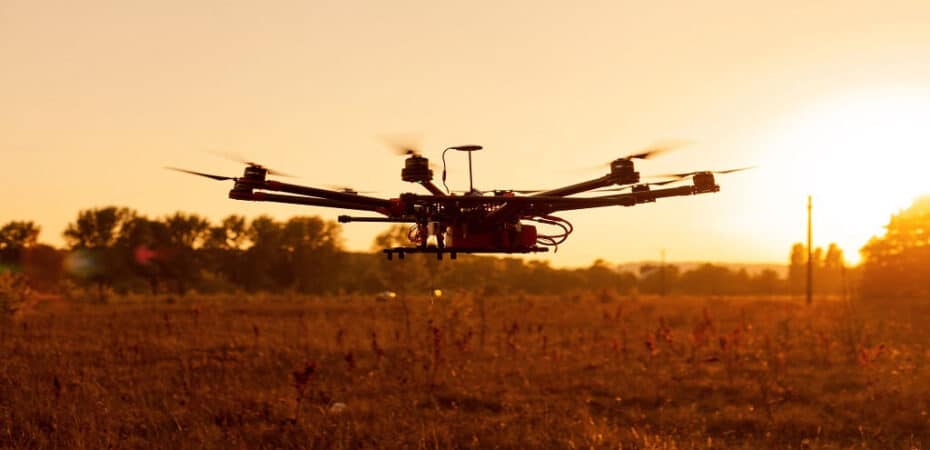Drones, or unmanned aerial vehicles (UAVs), are flying robots that can be controlled remotely with software-controlled flight plans. The system works with a global positioning system (GPS) and onboard sensors.
Initially, drones were used in the military for intelligence collection, anti-craft target practice, and as weapons platforms. Nonetheless, currently, they play significant roles in commercial applications.
One of the primary benefits of drones in commercial applications is their accuracy. With sophisticated sensors and imaging tech, drones can precisely complete a particular task. Another advantage is cost-effectiveness.
Although the initial cost of the device may be high, drones allow you to save time and money for your business, making up for this price. With that in mind, here are five commercial applications of drone technology:
1. External Cleaning
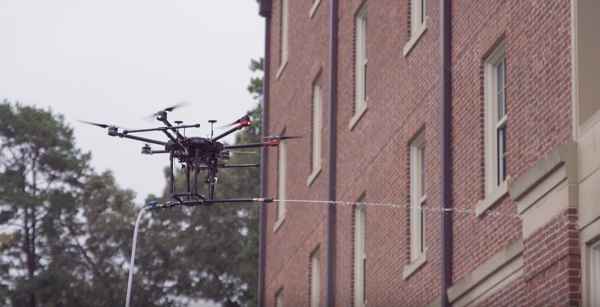
Building exteriors attract dust and dirt, and spiderwebs may accumulate. Windows also get filmy, making the outside of your building look old and ugly. For this reason, you should clean it to restore its beauty and for health purposes.
Conventional exterior building cleaning can be hazardous. Using ladders and hanging on ropes can pose severe risks to the safety of the crew members. That’s where the use of drones comes in.
A drone cleaner, like a window cleaning drone, links to a ground cleaning system and uses low pressure to prevent damaging your window glasses and paints. In addition to them being safer, they’re faster since there’s no lengthy process of moving from one place to another. Therefore, adopt drones for your cleaning company to protect your team members, get more work done quickly and efficiently, and satisfy your clients.
2. Agriculture

Using drones in agriculture has changed how farmers control their fields, enhancing crop health and yield while minimizing resource consumption. They enable farmers to monitor their livestock and crops remotely and watch for potential concerns. Drones can help farmers with:
- Spraying
One of the most important uses of drones in agriculture is spraying insecticides, fertilizers, pesticides, fungicides, and the like. Doing this manually can be challenging to farmers as one can unevenly do it and end up running additional costs or reducing the quality of some parts.
On the other hand, low concentration can expose your crops to attack by pests, getting malnourished, or being overgrown by weeds. Fortunately, drones distribute chemicals evenly and effectively, enabling farmers to produce more yields.
- Irrigation Monitoring
Farmers can use drones to optimize irrigation by determining areas that need more or less water as well. This way, they can minimize water wastage and enhance optimum growth conditions.
- Soil Health Monitoring
Farmers can use drones to collect data for controlling and maintaining the soil’s health. And these devices can provide crucial nutrients to the soil to boost their health.
Farmers can increase productivity, efficiency, and profitability by using drones in agriculture.
3. Cargo Delivery
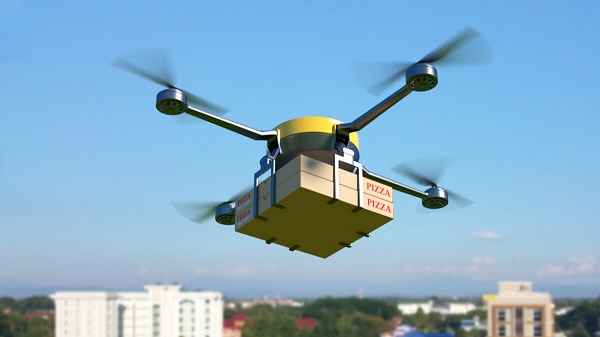
Another significant commercial application of drone technology is medicine and cargo delivery.
Whereas still in its initial stages of execution, drone delivery can transform the transportation of goods, especially in remote or hard-to-access areas. This lowers the need for delivery vehicles, saving time and money, reducing environmental impact, and enhancing efficiency.
Additionally, drones can quickly transport drugs and medical samples, potentially saving lives. These drones have special sensors and software that allow them to sail through rugged terrain and extreme weather conditions. This ensures that medications reach patients promptly and effectively.
4. Photography And Filming
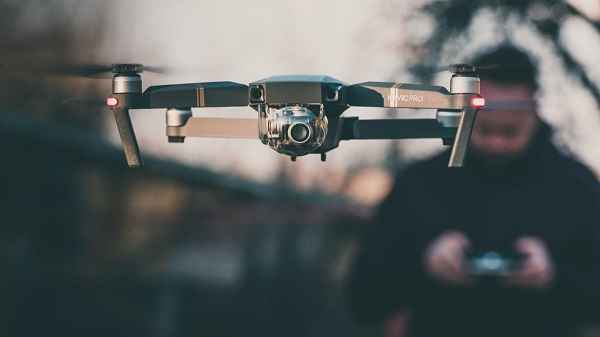
Drones can impact the filming and photography industry too. They enhance the visual appearance of professional photographers.
Ideally, drones capture highly detailed and precise pictures at ideal angles. They enable filmmakers to record videos in several ways that were initially impossible. Previously, planes and helicopters were used to capture aerial footage, which was more costly. Yet with drones with superior-quality cameras, photographers and filmmakers can produce high-resolution images and videos cost-effectively.
5. Emergency Response
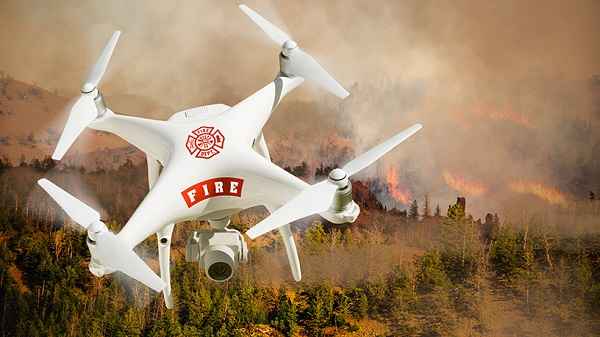
Drones are precious resources in emergency response. They provide quick deployment, improved conditional awareness, and updated data collection. After a natural disaster, drones can swiftly evaluate the damage, identify victims, and convey vital supplies like water, food, and medical apparatus.
In addition to being useful in disaster response, drones can be valuable in disaster management. They provide in-depth data on susceptible areas, like earthquake and flood-prone regions, enabling responsible parties to generate plans and strategies to minimize the effect of future calamities. This may include identifying escape routes or developing early warning systems.
Conclusion
Commercial drones have revolutionized the way businesses and industries operate. They enable intelligent operations, leading to cost savings, enhanced safety, and improved efficiency and productivity. The practical applications of drones have increased over time and almost touched all industries. Therefore, you can adopt this technology in your company, make more profits and take your business to the next level.
Read Also

